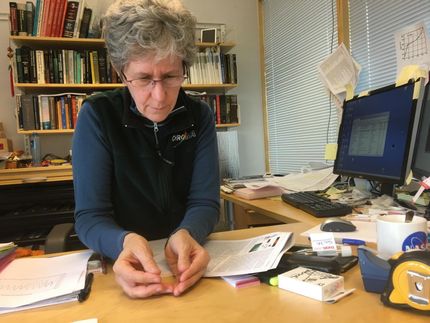New NanoMarkets Report Identifies Trends and Opportunities in Thin-Film Silicon Photovoltaic Materials
Advertisement
According to NanoMarkets Amorphous silicon (a-Si) — a thin-film photovoltaic (TFPV) material that has been around since the late 70s — will continue to lead the TFPV space for several years to come. The firm projects that $1.3 billion in revenues for a-Si based photovoltaics this year that will grow to $4.1 billion in the year 2014.
Amorphous silicon combines the advantages associated with all thin-film technologies, notably reduced bulk and weight, flexibility, and the potential for lower-cost manufacturing, with benefits typically associated with a mature technology — established processes and equipment. There is a lot of installed capacity for a-Si with more in the works. So while NanoMarkets projects a relative decline against other forms of TFPV, it will happen quite slowly. Today a-Si represents about 54 percent of all TFPV shipped by value. By 2011 this number will have only slipped to 47 percent. In addition, a-Si is the most likely technological route that will be taken by new entrants into the TFPV business, since manufacturing equipment and materials are readily available.
Amorphous silicon has been always been hampered in the market place by its low efficiency, but NanoMarkets believes that the development of a-Si PV cells with improved efficiency will be the key to a-Si maintaining its dominant position in the TFPV marketplace. Areas where efficiency gains can be made include: further optimization of the tandem-junction thin-film deposition process; modification of the current processes used to texturize the TCO, which will improve the light-trapping efficiency and thus overall efficiency of the cell; and the development of materials to support the transition to nanostructured silicon, including silicon nanowires and silicon-based quantum dot absorbers, which if successful will provide a path to efficiencies above 15 percent.
Because of its maturity the a-Si PV market already has many players almost all of which create PV on a rigid glass substrate. However, the new report believes there is an opportunity for new a-Si materials and modules firms to create a sector of the a-Si using flexible substrates. This area has barely been touched by existing players and NanoMarkets expects materials for a-Si PV cells made on flexible substrates to take an increasing share of the a-Si PV materials market, growing from about $178.5 million in 2011, to $673.8 million in 2016.
While a-Si is the dominant TFPV technology used today, it is already challenged by cadmium telluride. Near the end of the forecast period other approaches in the TFPV landscape will also make their impact felt, especially CIGS and possibly organic PV and dye sensitive cells.
These and other findings are from the firm’s newest report titled, Materials Markets for Thin-Film Silicon Photovoltaics.

























































